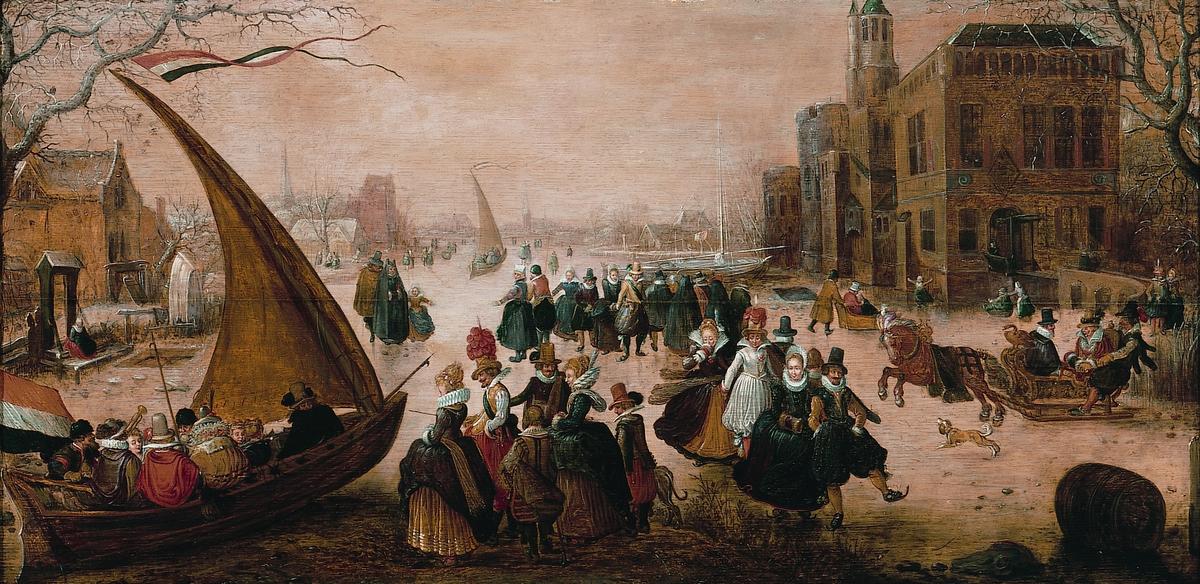The German city of Trier is today restituting an early 17th-century Dutch painting to the heir of Jacques Goudstikker, an Amsterdam dealer whose gallery was seized and its inventory looted in 1940 by the Nazis.
The 1610 oil-on-wood painting by Adam van Breen, called Ice Skating, was among about 1,100 works looted from Goudstikker that were acquired by Reichsmarschall Hermann Göring, Adolf Hitler’s second-in-command. The collector Martin Schunck bought the painting—probably at auction—two months after it was stolen. He bequeathed it to the city of Trier in 1987.
Ice-Skating hung in the city museum, Stadtmuseum Simeonstift Trier, until a provenance researcher found it listed on lostart.de, the German government database of Nazi-looted art. The museum contacted Ewald Volhard, the lawyer representing Marei von Saher, Goudstikker’s heir. The mayor of Trier is scheduled to return the painting to Volhard today.
“For us this was a matter of course once we discovered the history,” says Elisabeth Dühr, the museum’s director. “We feel bound by the Washington Principles. The city council voted unanimously to restitute the work.” Goudstikker was an influential Jewish dealer in Amsterdam between the First and Second World Wars, with an elegant gallery, a country home and a castle. He fled the Netherlands by ship and died in an accident on board before reaching England. Before his escape, he had recorded his inventory in a black binder.
Some of the looted works were returned to the Dutch government, which restituted 200 paintings stolen by Göring to the family in 2006. But the Goudstikker Art Research Project, led by Volhard, is still seeking more than 836 missing works stolen by Göring. It receives research funding of about €90,000 a year annually from the German Lost Art Foundation.
The Breen painting is one of several that the project has recovered in recent months, Volhard said. Others include a painting of roses by Philippe Rousseau, dating from about 1850. On inheriting the painting, the children of the deceased owner in southern Germany noticed the Goudstikker label on back and contacted Volhard last year.
In April 2021, several researchers alerted Volhard to a 15th-century painting by Petrus Christus portraying the Madonna and child on offer at an auction house in the Rhineland. Von Saher reached a settlement with the consignor.
Two 17th-century Goudstikker paintings also surfaced at auction last year and settlements could be reached with the consignors. In August, Hargesheimer in Düsseldorf contacted Volhard with a still life by Abraham Hendricksz van Beyeren. In April 2021, the Art Loss Register notified Volhard about a still life by Pieter van Roestraten that was on offer at a Frankfurt auction house, Döbritz.
“There has been a change of attitude in Germany since the Gurlitt case,” Volhard says. “People are checking their own works. And we frequently receive tips from art historians about potential Goudstikker works in auction house catalogues and museums.”



